By Beth Olson
How did you learn about sex when you were a kid?
I love the way adults laugh and respond to this question.
“I just remember my parents leaving a book in my room.”
“Our football coach taught us … kind of.”
“I didn’t learn anything!”
Then I ask …

Raise your hand if you wish your parents or another trusted adult had talked with you more about sex?
Almost every hand goes up.
And how many of you are comfortable talking to teens about sex and sexual health?
Almost every hand goes down … very quickly.
What is it about sex that makes even the most supportive parent (or other trusted adult) freeze up? You love your kids. You want them to be healthy adults. You equip them with the values and skills needed to navigate so many complex situations. Yet, somehow, the simplest anatomy question can stop Super Mom in her tracks.
But why?
Because it’s hard to talk about sex when we have no frame of reference for how the conversation should go.
You’ve been taught your whole life that sex is not an acceptable topic of conversation. It’s private, and it’s not polite. Your parents probably didn’t talk to you about sex. Or if they did, it felt like an awkward scene from an ’80s sitcom. Adults don’t even talk to each other about sexual health. Think about it. When was the last time you casually chatted about birth control side effects at a nice dinner party?
Simply put — we don’t get much practice saying sexual things out loud.
So, let’s change that. Over the next few months, I’ll explore effective ways to talk with teens about sexual health, boundaries, and relationships; how to build trust with young people; and address questions parents often have about sex education.
Together, we can create the first generation of adults who will proudly raise their hands and say, “My parents and mentors worked together to teach me about sex.”
CDC: Talking with Your Teens about Sex: Going Beyond “The Talk”

Beth Olson is director of adolescent health initiatives for Prosper Waco.
The Act Locally Waco blog publishes posts with a connection to these aspirations for Waco. If you are interested in writing for the Act Locally Waco Blog, please email Ferrell Foster at [email protected].
Submitted by Melissa Mullins
Imagine a Day Without Water is a national day of action on Oct. 21 to raise awareness about the value of water. Have you ever thought about where your drinking water comes from? What about where your wastewater goes?
For the seventh annual day, we may take a few steps beyond imagining the reality of going without a resource as vital as water. We may take action by learning about the systems that deliver water to our homes and businesses each day.

According to the 2021 Annual Value of Water Index, a majority of Americans across all demographics support a strong investment in our nation’s water infrastructure. A bipartisan agreement can be a rarity, but in this case most people agree that reliable water service and supply are crucial.
Meaningful investment in our water systems would provide access to quality water for everyone, resilient infrastructure, and more jobs. In fact, closing the water infrastructure investment gap would increase the GDP by $4.5 trillion over 20 years.
As an individual, you may wonder where you fit into ensuring a day without water doesn’t become a reality in our community. It’s a daunting task, but our collective voice can make a real and lasting impact.
Education is key. Take some time to learn about local water sources and what our water and wastewater utilities are doing to invest in our community. Consider joining like-minded people and reach out to decision makers and find where they stand on investing in water infrastructure.
Here in McLennan County and Greater Waco, you can:
- Contact us at the Center for Reservoir and Aquatic Systems Research if you are interested in partnering with us on activities such as community water festivals and community water forums or follow us on social media @bu_crasr.
- Join Keep Waco Beautiful or other groups such as Group W Bench Litter Patrol for a creek, river, or lake clean-up.
- Attend a monthly meeting (3rd Thursdays at 4 p.m.) of the Sustainable Resource Practices Advisory Board.
- Find out how to contact your local officials and when they meet at any of the 21 cities in McLennan County – what’s going on with water where you live?
- Read the annual drinking water quality report, learn how zebra mussels have been eradicated from Lake Waco and more at Waco Water Utility Services. If you live in another city, similar info should be available to you on that city’s website.
- Live in an unincorporated area of the county? Learn about water and sewer improvements and more at the McLennan County website.
No matter your reason for participating in Imagine a Day Without Water, continue the conversation with your friends, family, and co-workers about the value of water. A day without water doesn’t have to be inevitable. Let’s work toward a reality in which a day without water is something we only imagine.
For information on Imagine a Day Without Water and how you can participate, visit the event website.

Melissa Mullins is environmental education specialist with Baylor University’s Center for Reservoir and Aquatic Systems Research.
The Act Locally Waco blog publishes posts with a connection to these aspirations for Waco. If you are interested in writing for the Act Locally Waco Blog, please email Ferrell Foster at [email protected].

By Candice Kelm
McLennan Community College has selected five honorees to receive the annual National Institute of Staff and Organizational Development Excellence Awards. The honor represents a commitment to high performance and extraordinary service in higher education.
This year’s honorees are Amy Antoninka, professor of philosophy, Arts & Sciences faculty; Boyce Wilson, associate professor of business, Workforce faculty; Becky Boggus, instructor of mental health/social work, part-time faculty; Kayla Willis, instructional designer in the Center for Teaching and Learning, administrative staff; and Lori Caceres, senior administrative secretary for Math and Sciences, support staff.
MCC faculty and staff members nominate their colleagues for the NISOD honors and their nomination remarks are included below.
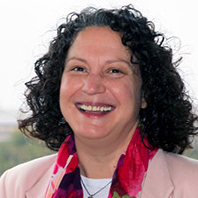
Amy Antoninka
“Dr. Antoninka’s philosophy classes cultivate our students to grow into the people they were meant to be. She is a master teacher in the classroom and wise mentor outside the classroom. Her lessons don’t just last a semester, they instill a lifetime of longing for deep knowledge and truth. She inspires them to reach higher and search intentionally for the good life they want to live. Dr. A, as her students call her, is a champion, and thankfully, our champion. We are so fortunate she is one of us.”

Boyce Wilson
“Boyce is a helper. He is always willing to go out of his way to help anyone with any project or offer assistance to anyone who may need help. Boyce is also smart, kind, and generous with his words and his time. He stepped in to lead the Mentor/Mentee program and was a big help with the transition to online during COVID-19.”
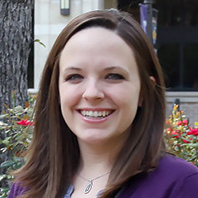
Becky Boggus
“Becky is an incredible professor. As a social worker, she exemplifies selflessness and is committed to her students’ success. She is passionate about teaching and pours her heart out in all of her assignments and instruction. She is willing to change her pedagogy to adapt to student learning styles and goes above and beyond to ensure that they are successful. Additionally, she cares deeply for each of her students, treating each with dignity and respect.”
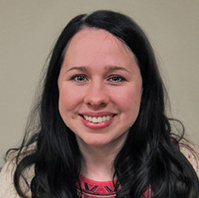
Kayla Willis
“I can’t say enough about Kayla. She always is going above and beyond in everything she does. Kayla worked tirelessly during the COVID-19 transition to help faculty be prepared to teach online. She is an amazing instructor and helped teach over 100 faculty during spring and summer, assisting them in their transition to online.”
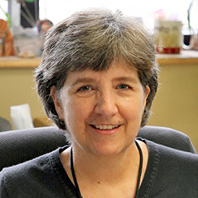
Lori Caceres
“Lori is the glue that holds our department together. She always knows who to contact to solve your problem. She is extremely pleasant to work with, always calm, and just a delight. She is a Class act!”
For more information about the NISOD awards, contact Staci Taylor, Director of the Center for Teaching, at 254-299-8363 or [email protected].
The Act Locally Waco blog publishes posts with a connection to these aspirations for Waco. If you are interested in writing for the Act Locally Waco Blog, please email Ferrell Foster at [email protected].
By Ferrell Foster
Doing family is not easy. Families have struggles. Anyone who grew up in a family — all of us — know this truth. But sometimes those struggles become so difficult or dangerous that children need to be protected. That’s when the state steps in, and that’s when the whole community needs to step in, as well.
Forty-two leaders in McLennan County met Sept. 24 to form a new strategic working group — the Families & Foster Care Coalition. Waco Mayor Dillon Meek provided the impetus for this meeting, asking Prosper Waco to convene those who are working in varied sectors to address the challenges faced by families and children in foster care.
Texas is in the midst of a crisis related to foster care, and Waco is no exception. Children are having to spend the night in local Child Protective Services offices because there are no places to take them. This is not the fault of CPS and its workers; it is caused by inadequate human, community, and financial resources.
Local leaders, however, are committed to disrupting the status quo; they believe we can do better if we work together. It is uncertain exactly what varied actions this new coalition will pursue, but we are rising up to make a difference.
Anna Futral, executive director of CASA of McLennan County, has agreed to chair the coalition’s steering committee. Anna has been seeking such community-wide action for some time and is well-prepared to lead. (CASA stands for Court Appointed Special Advocates. CASA trains volunteers to advocate for abused and neglected children in the foster care system.)
It is tempting to think of these issues as only a state government matter, but government agencies are not families, and these kids need families and all the care that should go with such relationships.
State-approved families that can provide foster care step into the gap. They become a child’s new place of safety and nurture for varied amounts of time as issues with the families of origin are worked out. But foster families and families of origin need support from community networks.
In addition to the state agency services and families providing foster care, there is a critical legal system to protect the rights of children, parents, and other relatives. Judge Nikki Mundkowsky and Judge Gary Coley are two who seek to guide this court system with eyes on both legal matters and human concerns.
Then multiple attorneys provide the proper legal representation to the children and families.
In short, it is a multifaceted system that seeks to look after the needs created by families and children in crisis. In Greater Waco, leaders realize we need a more cohesive response to the situation. We need more communication, planning, and implementation. We also need more people and organizations to work together for these children and families.
If you or your organization would like to become involved in this collaborative effort, please reach out to me via email — [email protected].
As an African proverb says: It takes a village to raise a child.
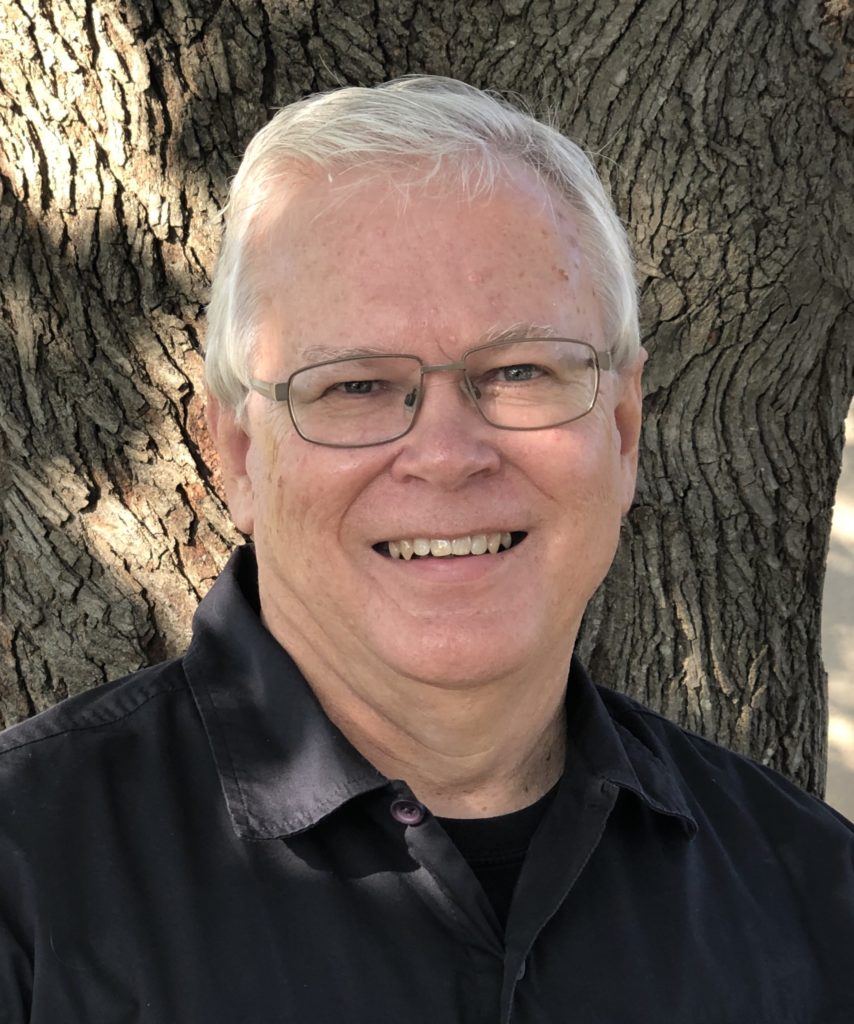
Ferrell Foster is senior specialist for care & communication with Prosper Waco. He is also acting executive director of Act Locally Waco.
The Act Locally Waco blog publishes posts with a connection to these aspirations for Waco. If you are interested in writing for the Act Locally Waco Blog, please email Ferrell Foster at [email protected].
By Julie Ivey
As a faculty member at Baylor, I have worked extensively helping children with autism, and I’m really excited about a current project that is innovative and free to children in the area. Our team is working one-on-one with children to improve balance, gait, behavior, and language. It’s a fun experience for the children because they do this while riding a mechanical horse.
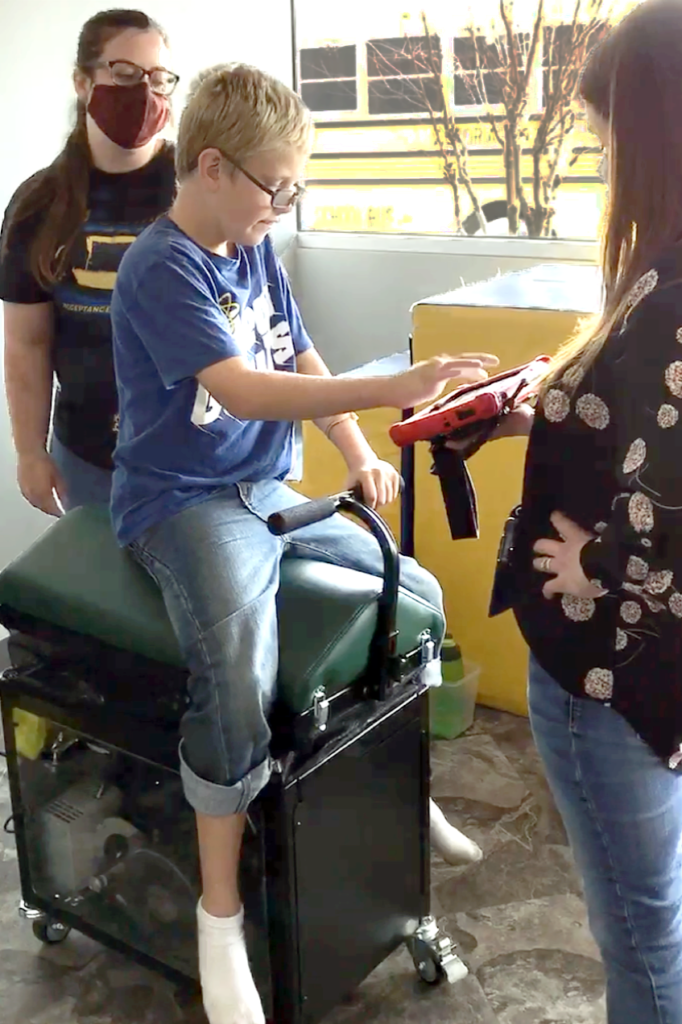
You might have heard about the therapeutic benefits of horseback riding for children with autism; these experiences are believed to stimulate neurological connections because of the motion of the horse that the child must respond to. But not every family has access to live horses. If the mechanical horse can be effective in a clinical setting staffed by trained professionals, it can offer an excellent intervention to help children.
Through a grant from the Texas Higher Education Coordinating Board, our Baylor autism team is measuring the behavioral and language effects of riding on the MiraColt mechanical horse. Because of this funding, the experience is free to children, whose parents sign up to attend two sessions per week for 15 weeks. In fact, families who complete the study will receive $150. The project is taking place at the Baylor BRIC. Be assured that the members of our interdisciplinary team have extensive experience working with children with autism and will help the children feel comfortable in a new setting.
We are recruiting children ages 6-12 who have a diagnosis of autism and may experience motor delays. To participate, children should be able to follow simple verbal instructions and have an IQ above 80. We are accepting participants on a rolling basis this fall and spring. While the study is in its early stages, our preliminary observations are promising, and parents have said they see improvements in their children.
For a little bit more information, you can read this story from the School of Education: School of Education Autism Research Team Studies Mechanical Horse Intervention
If you think your child would be interested and would qualify, we will begin with a meet-and-greet session to show you what it is all about, meet your child, and let you explore the space.
For more information, please mail me at [email protected]! We are excited to work with children and the community on this exciting, innovative project!

Julie Ivey, Ph.D., is a clinical professor in the Baylor University School of Education.
The Act Locally Waco blog publishes posts with a connection to these aspirations for Waco. If you are interested in writing for the Act Locally Waco Blog, please email Ferrell Foster at [email protected].
By Joshua Wucher
Kincannon, Gutierrez, and Cornblum will participate in the program’s inaugural cohort, along with 13 districts from across the state, to strengthen principal pipeline.
Waco ISD is partnering with The Holdsworth Center, an Austin-based nonprofit, to strengthen its bench of future principals through a new, 18-month program called the Holdsworth Leadership Collaborative.
Waco ISD is among the first 14 districts across the state invited to take part in the program, which the center’s materials describe as an effort to “build internal leadership capacity, with the end goal of having a strong bench of leaders ready to step into school leader positions when they arise.
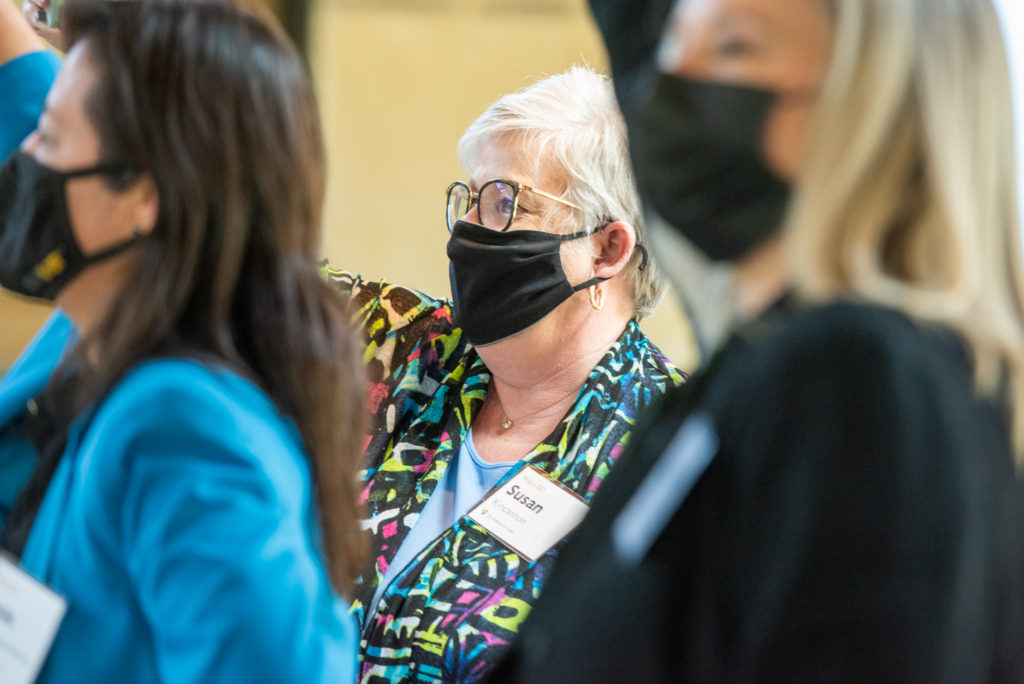
“We are excited and feel blessed to be one of the few districts across the state working on school leadership development with the Holdsworth Center,” Dr. Susan Kincannon, superintendent, said. “This new program will be a pivotal part in how we build supportive systems and structures that can sustain a school leadership pipeline. Ultimately, this will help our district retain great teams to serve our kids.”
Over the 18-month program, Kincannon, Deputy Superintendent Dr. Josie Gutierrez and Assistant Superintendent for Curriculum and Instruction Deena Cornblum will attend learning sessions at The Holdsworth Center’s Campus on Lake Austin. They will learn best practices from organizations inside and outside of education that have built high-performing talent management systems and then work to define what great leadership looks like in Waco ISD.
“Because principals influence the working conditions and skill level of every teacher in the building, they have a huge – and often unseen – impact on students in the classroom,” Dr. Lindsay Whorton, president of The Holdsworth Center, said. “Waco ISD recognizes this and is committed to ensuring its students benefit from outstanding leadership.”
Founded by H-E-B Chairman Charles Butt in 2017, the center’s mission is to improve the quality of public education by supporting and developing educational leaders. The 14 districts participating in the Holdsworth Leadership Collaborative are Corpus Christi ISD and Mission and Los Fresnos CISDs in South Texas; Conroe, Tomball, Pasadena and La Porte ISDs in Southeast Texas; Eanes, Temple, Waco and College Station ISDs and San Marcos CISD in Central Texas; and Irving and Plano ISDs in North Texas.

Joshua Wucher is Waco ISD’s executive director for communications.
The Act Locally Waco blog publishes posts with a connection to these aspirations for Waco. If you are interested in writing for the Act Locally Waco Blog, please email Ferrell Foster at [email protected].
The City of Waco is receiving $34.7 million in federal COVID relief funds, and city leaders want community input on how to spend a portion of the funds.
Waco received $17.4 million in June from the American Rescue Plan and will receive a second payment next year for a total of $34.7 million.
“The City of Waco intends to use $15 million … for municipal purposes including improvements to infrastructure for Water, Wastewater, and WMARSS as well as for other infrastructure resiliency and backup projects,” says the City’s website.
The city plan also has set aside $17 million to provide direct assistance to households and businesses. The exact use of these funds will be determined based on community feedback using the Balancing Act Tool.
Council Member Kelly Palmer said: “The data collected from the tool will shape how we invest these funds in our communities. … The city will be gathering this data through the end of September.”
English Balancing Act Tool
Spanish Balancing Act Tool
The Balancing Act Tool allows you to allocate the $17 million to various categories of funding utilizing the available funds set aside for these purposes. “If you do not see any area in simulator, please add in your suggestions.”
The American Rescue Plan Act is the $1.9 trillion act signed into law March 11 by President Biden. The Act contained direct relief to citizens, including the $1,400 stimulus checks received earlier this year, and $350 billion for eligible state, local, territorial, and tribal governments to mitigate the fiscal effects stemming from the public health emergency created by the spread of COVID-19. This latter portion is providing the funds now available to Waco.
Guerra-Sanchez is one of 30 finalists in the Broadcom MASTERS, a premier middle school competition for science, technology, engineering, and mathematics.
By Joshua Wucher
Gabriela Guerra-Sanchez, a student in the ATLAS Academy at Tennyson Middle School, is among 30 finalists who will be competing for over $100,000 in awards and prizes in the Broadcom MASTERS middle school competition. Guerra-Sanchez was named a Top 30 finalist after advancing from the Top 300 MASTERS competition earlier this month. Participants in the Top 300 competition were selected from tens of thousands of regional and state science and engineering fair participants nationwide.
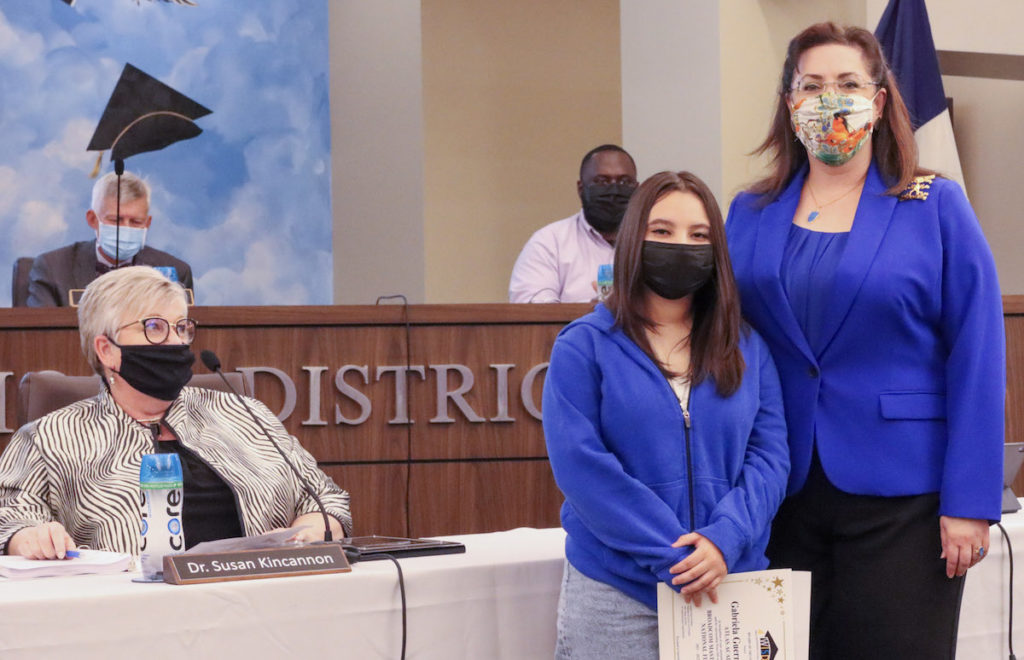
The MASTERS program, founded by the Society for Science, seeks to inspire young scientists, engineers, and innovators who will solve the grand challenges of the future. Each of the 30 finalists will participate in team challenges in addition to being judged on their science research project during a virtual competition in October.
“Gabriela is a creative, out-of-the-box thinker who worked incredibly hard to execute an amazing project. As an educator, I want my students to engage and enjoy learning and to help them realize the dream to pursue careers in STEM is attainable,” said Leslie Cannon, Tennyson Middle School teacher-librarian, who herself was among 66 stellar educators from across the country recently selected for the society’s Advocate program, which provides teachers training, stipends, and year-round support to mentor underrepresented students in entering science research competitions like Broadcom MASTERS.
Guerra-Sanchez’s winning project, titled “Can You Hear That? What Do You See?”, explores how different styles of background music can affect the way people see art. She collected data from survey responses from students who listened to music and then viewed an original abstract painting that she created.
“We are so proud of Gabriela for this outstanding accomplishment and excited to have her represent Waco ISD and Tennyson Middle School at the national level,” said Dr. Susan Kincannon, superintendent. “Her project represents the high level of critical thinking and learning happening in our schools. And teachers like Ms. Cannon are doing a tremendous job supporting students like Gabriela who aspire to become scientists, engineers and innovators.”
Additionally, Broadcom MASTERS is awarding each Top 30 finalist’s campus with $1,000 to use toward STEM activities and providing their science teacher with a one-year classroom subscription to Science News magazine.

Joshua Wucher is Waco ISD’s executive director for communications.
The Act Locally Waco blog publishes posts with a connection to these aspirations for Waco. If you are interested in writing for the Act Locally Waco Blog, please email Ferrell Foster at [email protected].
By Susan Copeland
I have been working as program director of AmeriCorps Seniors RSVP for 29 years, and it has been my pleasure to serve seniors in the Heart of Texas for over 35 years. The RSVP program is sponsored by McLennan Community College and the national service agency, AmeriCorps.

Our 29th Senior Source Health and Information Fair will be 10 a.m-2:30 p.m. Friday, Sept. 17 at Richland Mall. We are excited for the opportunity to bring one-stop information and screenings to our senior population.
In a time of many concerns with the pandemic, I believe this is a chance for folks to safely visit with programs, agencies, and professionals all in one open area. Plus, participants can get their flu shots and COVID vaccines with no appointments needed.
This event can provide services such as senior living options, legal advice, benefit counseling, and so much more all in one convenient location at the mall in an open area safely spaced for COVID precautions.
AmeriCorps Seniors-RSVP has been hosting this event from its beginning and I’ve seen thousands of people gain so much from the Heath Fair. It is so satisfying to see the participants get the information they need and also enjoy the day by meeting up with friends, shopping, and learning about all the services in our area.
Caregivers get to also ask questions and collect information, and the general public always gain something from walking through the fair. It’s a win-win day for everyone and we are happy to bring it to our community.
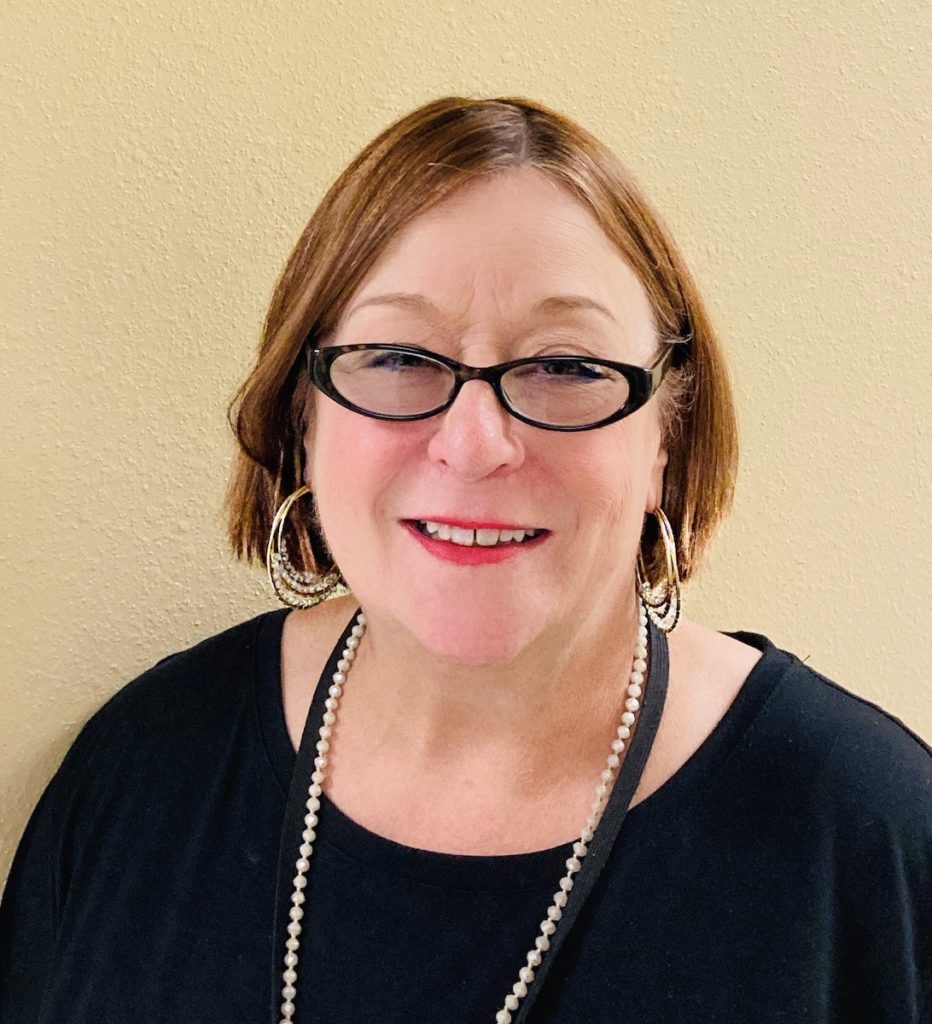
Susan Copeland is director of the Heart of Texas RSVP program. She oversees her staff plus about 10 undergraduate and graduate student interns studying public relations, professional writing, social work, mental health, and counseling. She manages more than 50 community service projects and a force of 650 senior adult volunteers in the six-county Heart of Texas Region.
The Act Locally Waco blog publishes posts with a connection to these aspirations for Waco. If you are interested in writing for the Act Locally Waco Blog, please email Ferrell Foster at [email protected].

